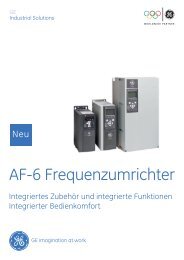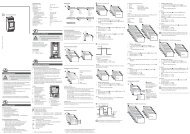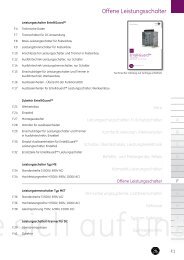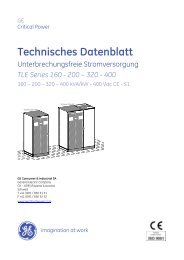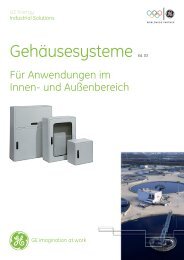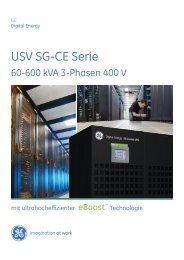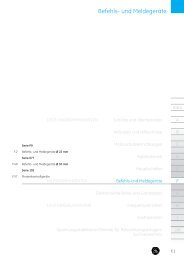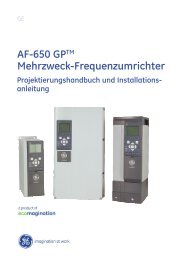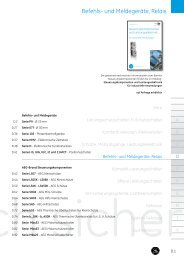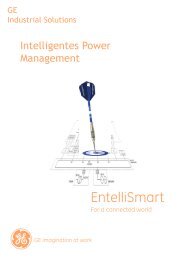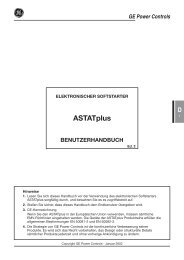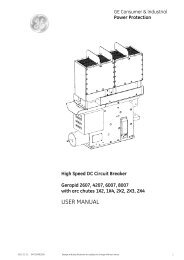Uninterruptible Power Supplies - G E Power Controls
Uninterruptible Power Supplies - G E Power Controls
Uninterruptible Power Supplies - G E Power Controls
Create successful ePaper yourself
Turn your PDF publications into a flip-book with our unique Google optimized e-Paper software.
UPS<br />
IEM - Intelligent Energy Management<br />
Introduction<br />
15%<br />
37%<br />
10%<br />
purchasing<br />
direct operating cost<br />
indirect operating cost<br />
maintenance<br />
38%<br />
Typical life cycle cost of a large UPS<br />
GE offers the award-winning Intelligent Energy Management (IEM)<br />
capability to optimise energy costs while maintaining the highest possible<br />
reliability for parallel redundant UPS systems.<br />
The life cycle cost of a UPS system is built up from different components. In<br />
general, approximately half of the total cost is operating cost as a result of<br />
energy losses - both direct heat losses in the UPS and indirect energy losses<br />
of the air conditioning system. UPS systems are engineered into applications<br />
taking into account the maximum load that needs to be supplied by the<br />
system. In practice the UPS will only supply a part of that load for most of the<br />
time. Many applications are shut down outside business hours. In addition very<br />
often a safety margin is included (over-dimensioning) for future expansion. As<br />
a result the system is not used at its nominal rating most of the time during<br />
operation. This reduces the efficiency of the system and increases the energy<br />
costs.<br />
For parallel UPS installations, secured with RPA, IEM saves energy by<br />
dynamically utilising the UPS modules as required to supply the load without<br />
compromising on the power reliability.<br />
A<br />
B<br />
load<br />
80%<br />
The set-up of IEM is flexible, giving the end user the freedom of choice to select<br />
redundancy degrees in different time periods. IEM also rotates amongst the<br />
units that are switched off to get operating hours equally distributed over all<br />
units.<br />
X<br />
20% 20%<br />
Use of IEM resulted in incremental energy savings of up to $33,000 annually<br />
for a system of four 100kVA units secured by RPA operating at full load for 50<br />
hours per week and partial load (10%) for the remaining time.<br />
00:00 07:00 18:00 00:00<br />
time<br />
In a typical application the actual load<br />
supplied is generally smaller than the<br />
nominal rating of the system<br />
Benefits<br />
• Reduced energy consumption<br />
• Maintaining of power quality and reliability to the critical load<br />
• Mains power quality monitoring<br />
• User-definable protection levels<br />
• Scheduled activation<br />
• Automatic switch on of additional units in critical situations, increasing<br />
reliability<br />
• Equal operating hours for each UPS in a parallel system<br />
A.6



